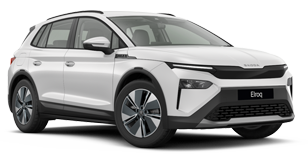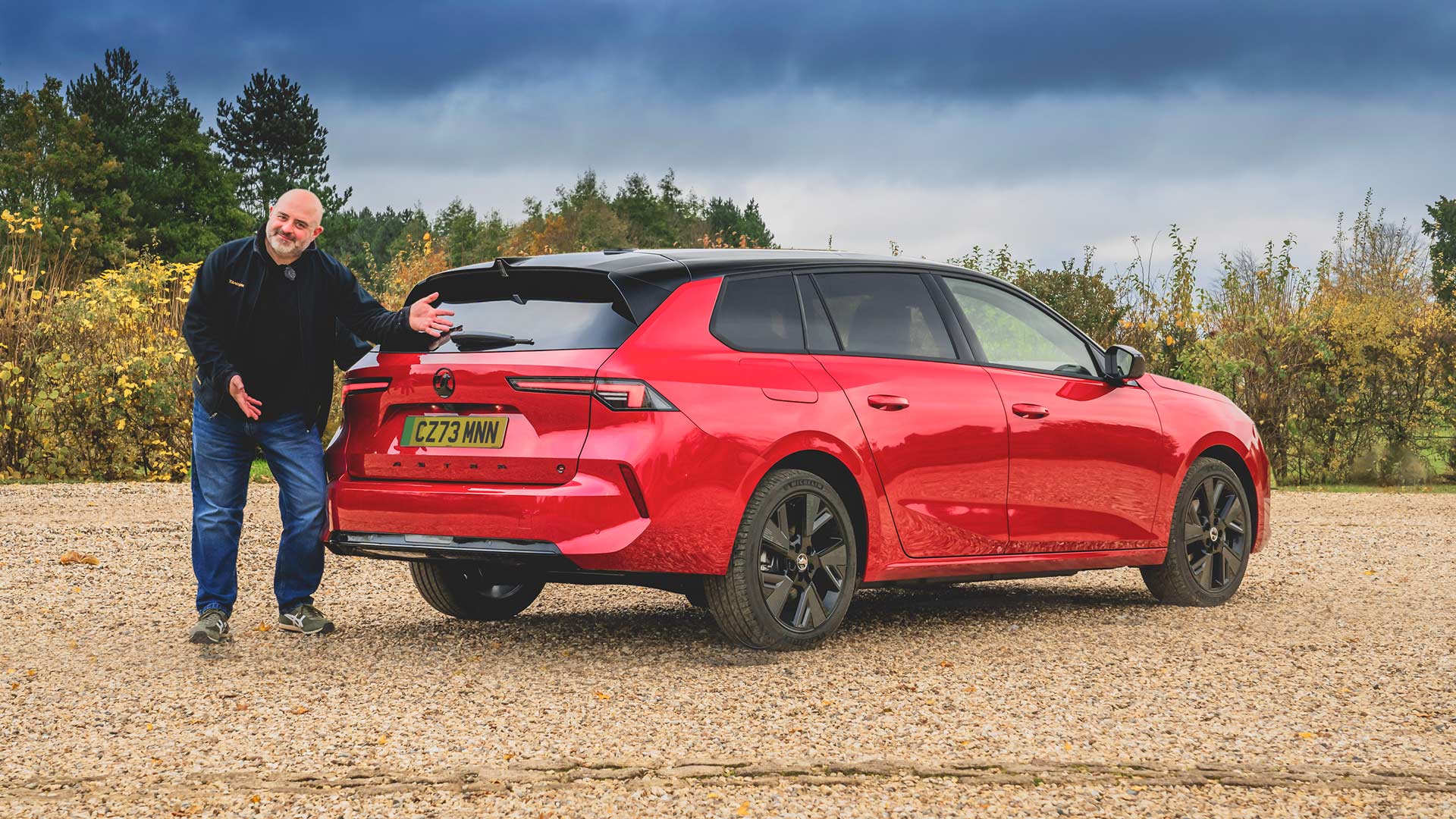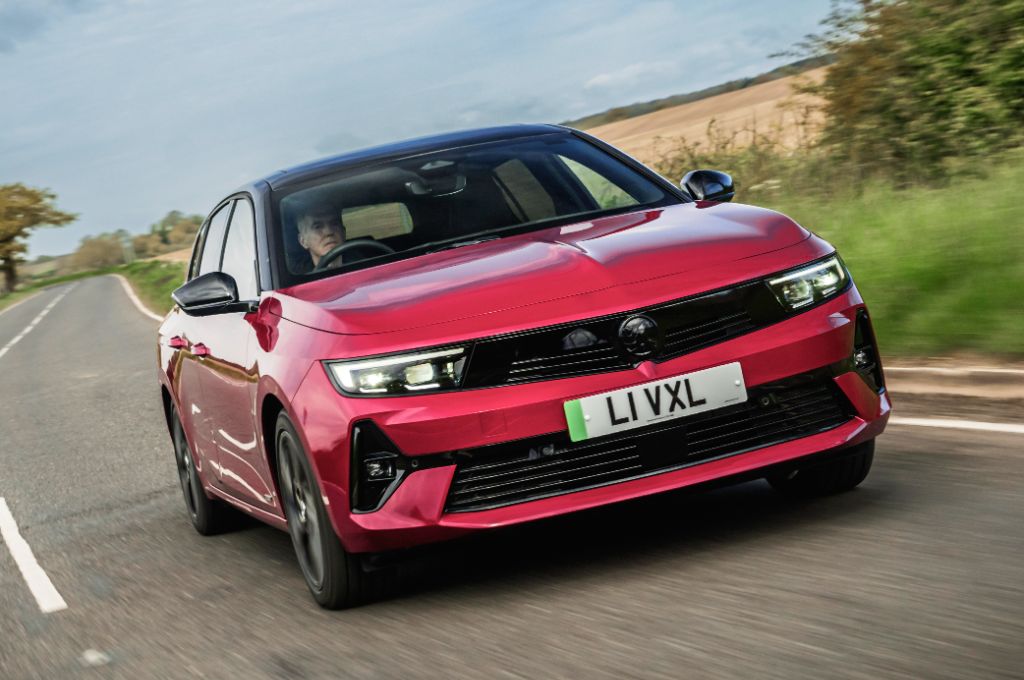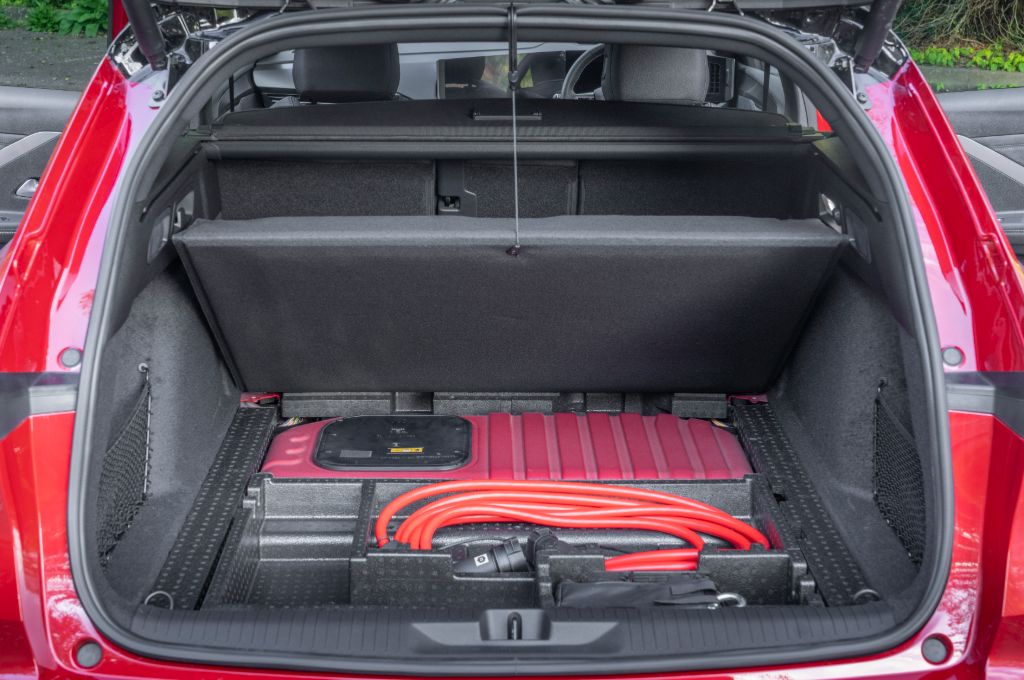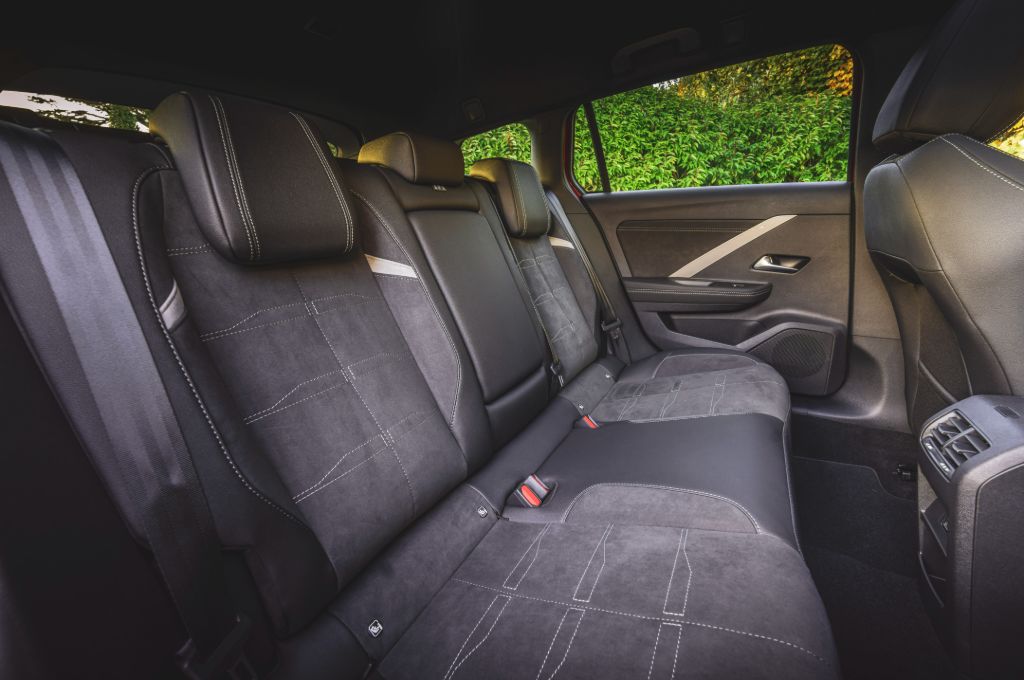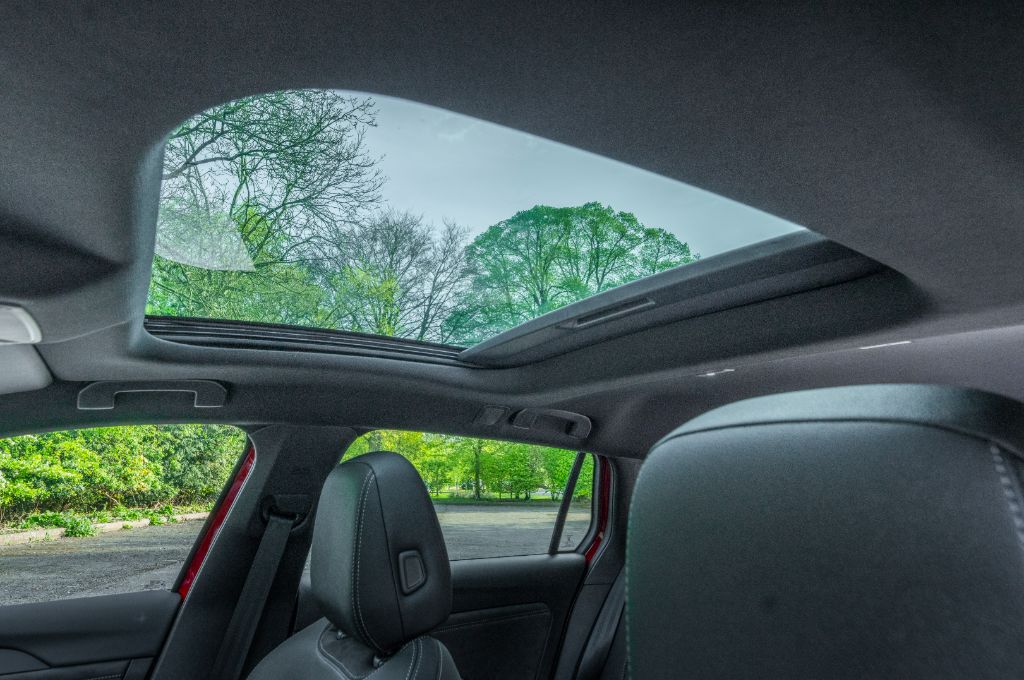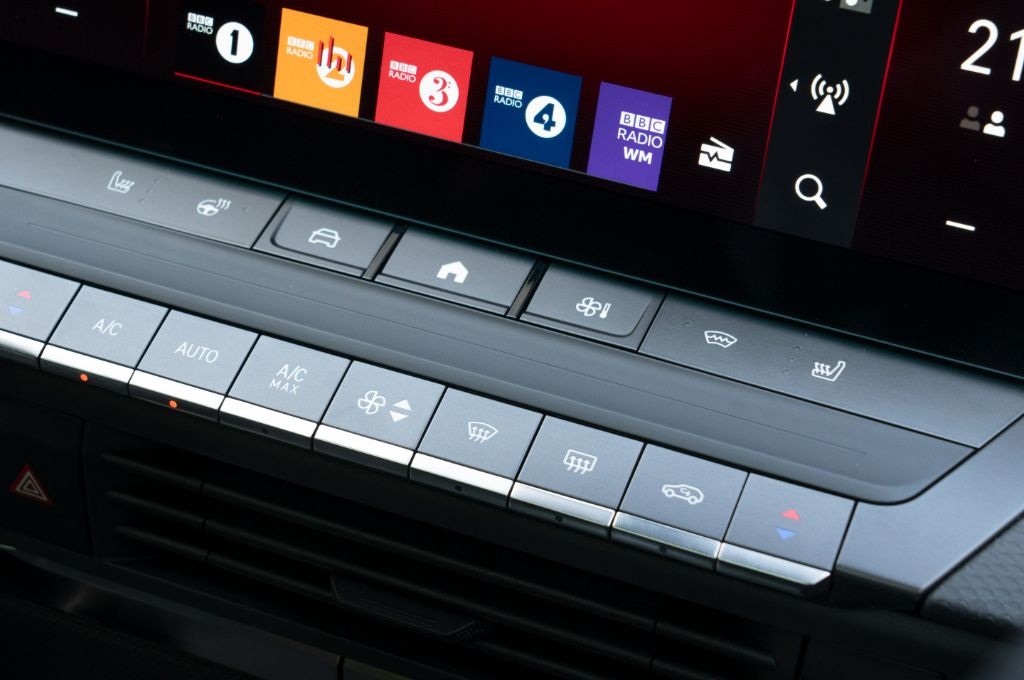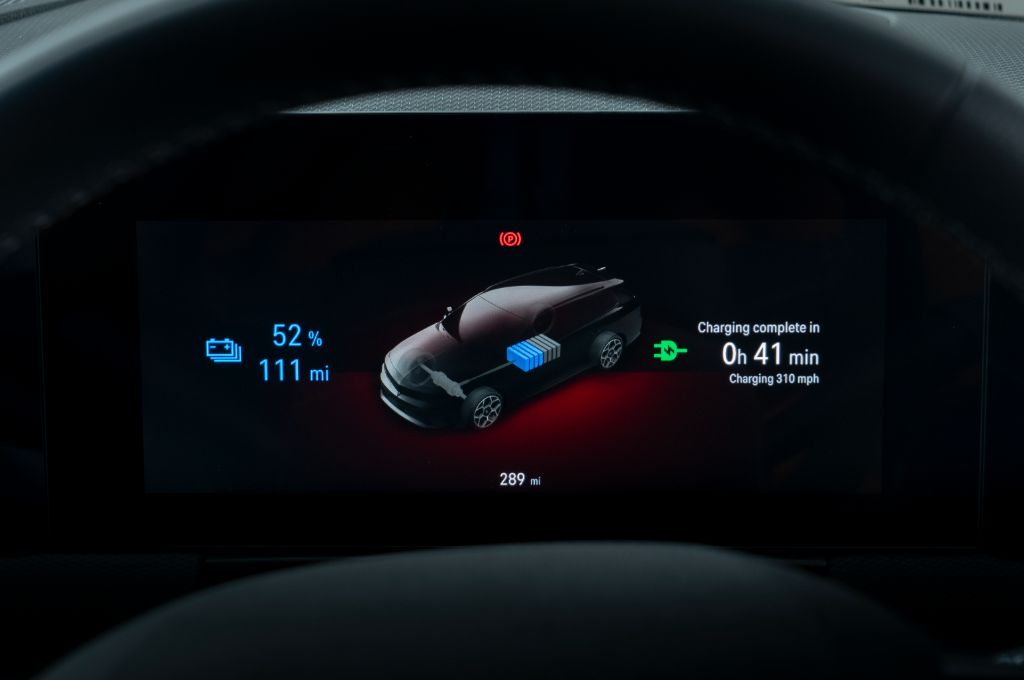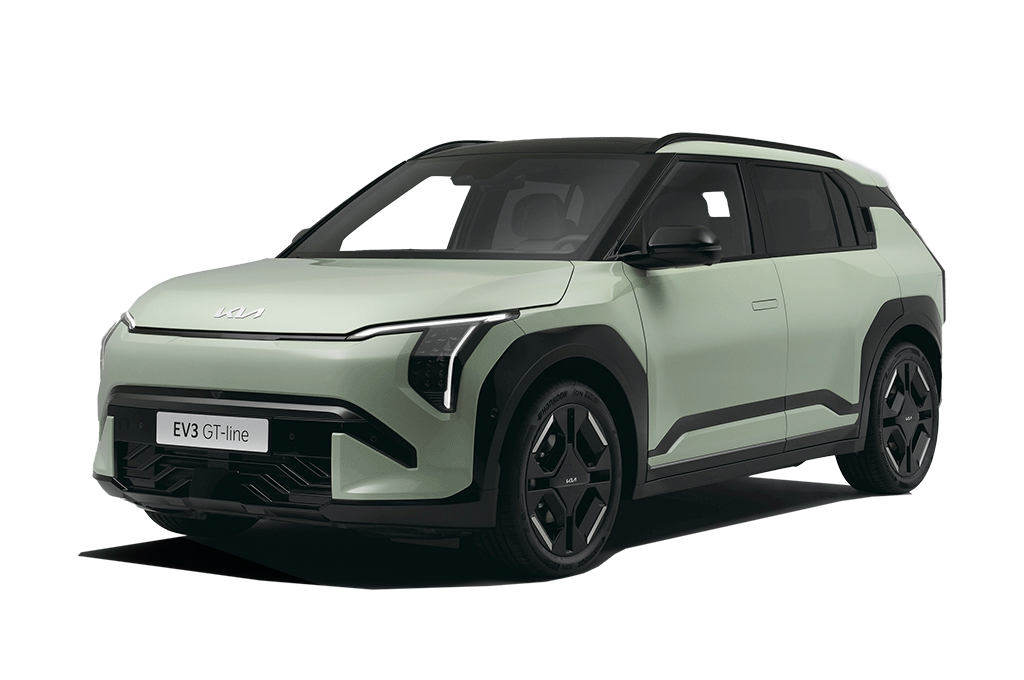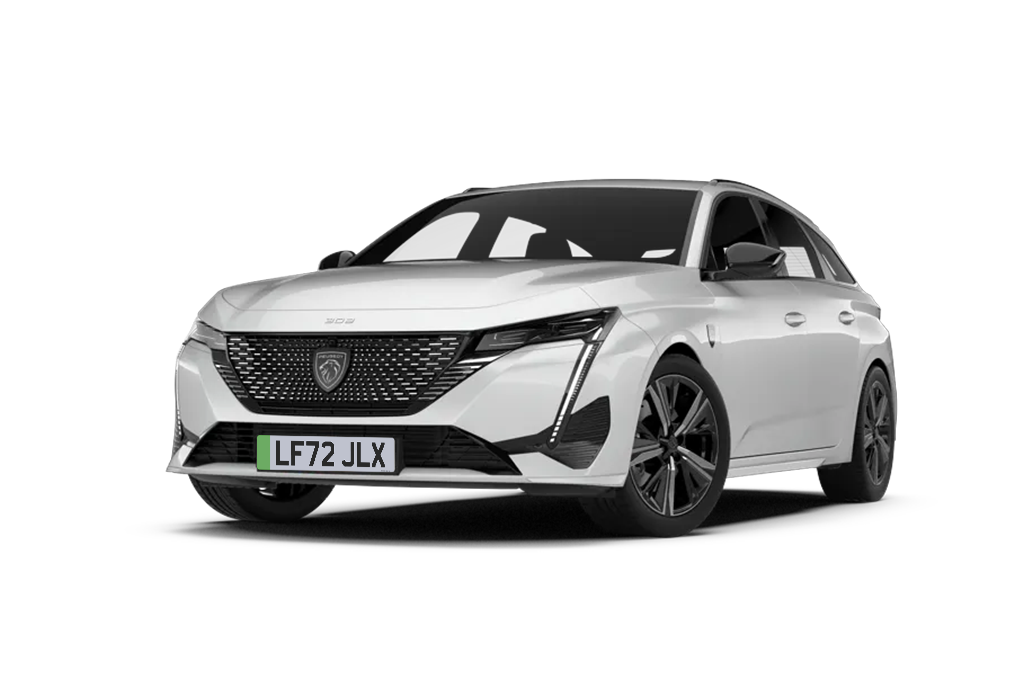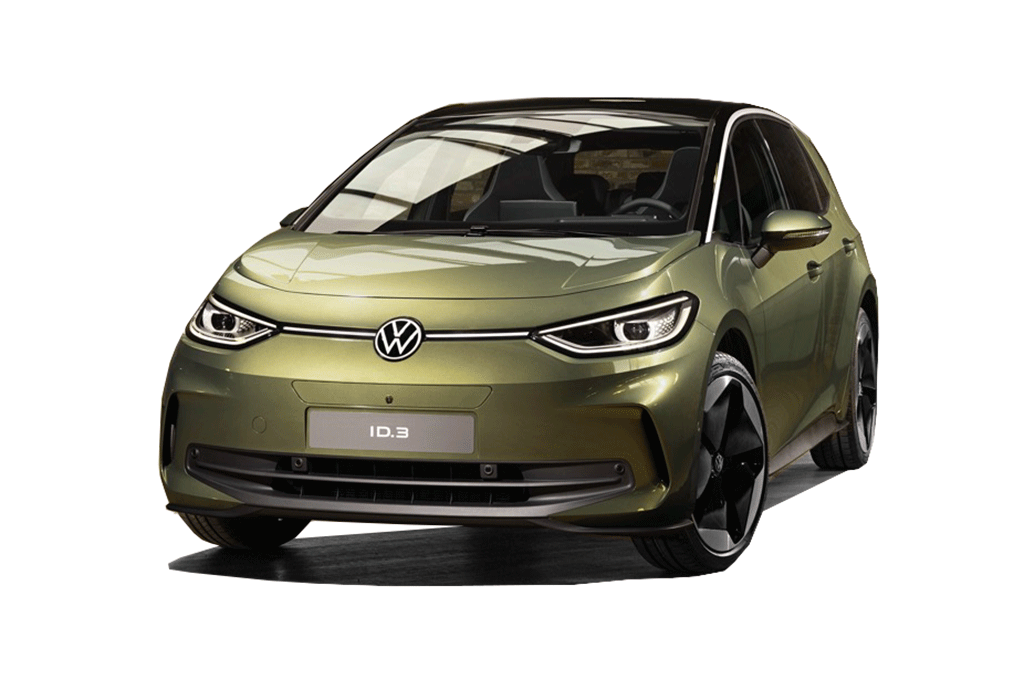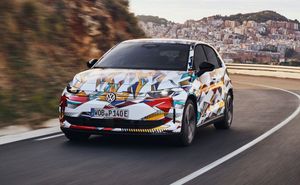Introduction
The Astra Sports Tourer is a bit of a rarity at the moment. There still aren't that many other electric estates around, although the Peugeot e-308 SW (which shares the Astra's platform and powertrains) is a close rival for the Astra, as is the MG5. Otherwise, the Astra Sports Tourer is really up against all the crossover-SUV-hatchbacks out there, including the Kia EV3, Hyundai Kona, VW ID.3, Skoda Elroq, MGS5, Ford Puma Gen-E and more.
The Vauxhall Astra Sports Tourer uses the same e-CMP platform as lots of other Stellantis models, including the Peugeot 308, Vauxhall Mokka-e and Jeep Avenger, and it also gets the same 51kWh lithium-ion NMC battery. So, is this estate remake of the Stellantis mid-sized electric family car recipe the best of the lot? It needs to be good to steal sales from rivals like the Kia EV3, that's for sure.
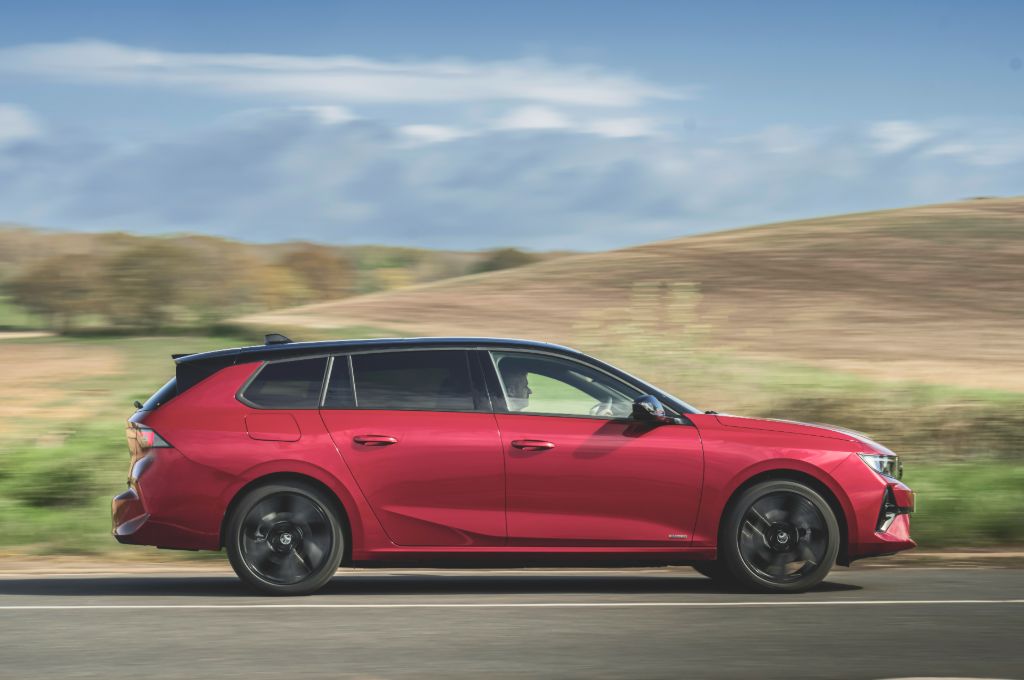
Range, Battery and Charging
As for efficiency, this Astra has a claimed official range figure of 256 miles; just two less than the lighter, smaller Astra hatch. That’s not a particularly impressive total, but it manages that from a 51kWh (54kWh in total) NMC battery. However, in the real-world you can expect a range of more like 170- to 220 miles from the electric Astra Sports Tourer, depending on conditions and how you're driving it. the Kia EV3 and Renault Scenic E-Tech both offer longer range models, so if you do higher mileage and want a sensible electric car with a big boot and a decent touring range, you might be better off looking at one of those.
The electric Astra will charge at up to 100kW, which will deliver a 10-80% charge in under 30 minutes provided you're plugged into a powerful enough charger. A heat pump is standard, to improve winter range and efficiency, but there's no vehicle-to-load (V2L) charging, like you get on the MG4, Kia EV3 and Ford Puma Gen-E.
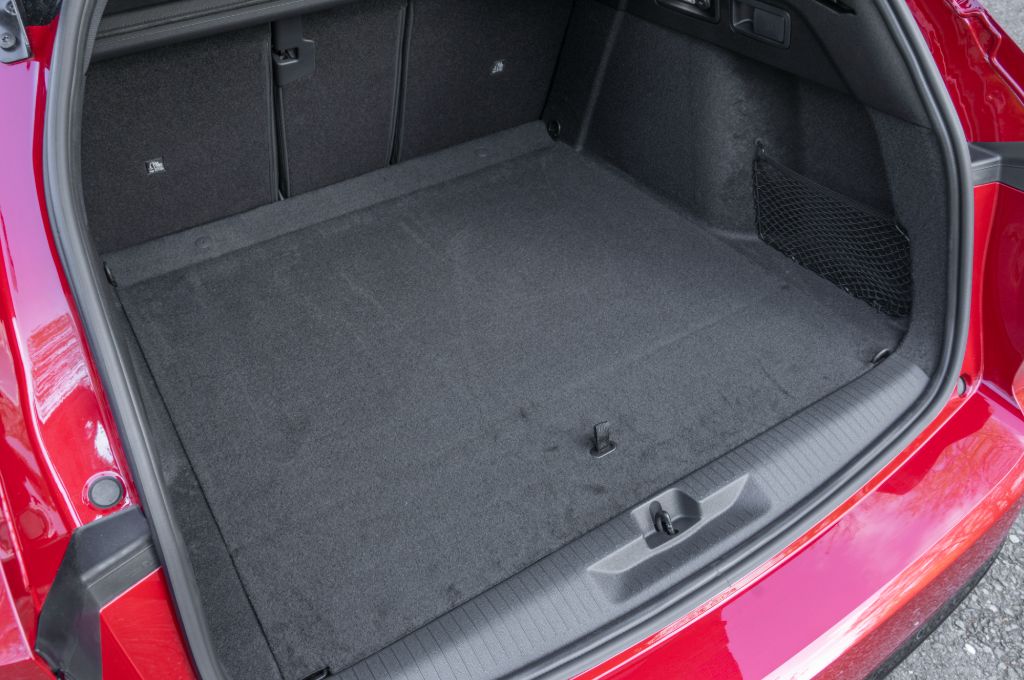
Practicality and Boot Space
The 516-litre boot means there is plenty of space for the carpet samples or bits of photocopier you need to carry between appointments, in the Astra Sports Tourer Electric. That’s more space than you get in something like a Nissan Qashqai, for example, so it's really not bad! Drop the 40/20/40 split rear seats and space increases to 1,553 litres, with a nice, long, smooth extended load bay that'll be great for sliding your unwieldy Ikea packages into.
Interior, Design and Technology
The Astra might not have the biggest interior for passengers - especially in the back - but the driver gets a treat. The seat is super-comfy, and has been certified by the German Campaign For Healthier Backs no less. Our larger-proportioned testers found them perfect, while the more slight drivers on the team found them too hard.
Most of the expected tech is there. too. Two 10-inch displays make up Vauxhall’s Pure Panel screens and there's a head-up display on the more expensive version. You get voice recognition, loads of driver assistance systems and the usual mobile app to control charging and pre-conditioning the car on particularly hot- or cold days too.
There's also wireless phone charging, front and rear parking sensors, voice-activated sat-nav… it’s pretty well-equipped, especially in the Ultimate grade. Only when it comes to navigation does the Astra feel like a let-down. Although the system knows how long the battery lasts and warns you to stop to charge on long journeys, the driver has to use an app to see where to plug in. The competitors are more sophisticated.
Considering a used electric car? Check out the classifieds on Electrifying.com
Motors, Performance and Handling
We’ve already had a go in the hatchback version of the Astra Electric and were sort of impressed. I say 'sort of', because we liked the way it drives and were very impressed with the efficiency. Those attributes have been carried over to the estate. It might even be a bit better.
Being closer to the road means the Astra naturally feels a bit sportier than an SUV; You don’t get the sort of big swaying movements when you go around corners or over bumps. Vauxhall has also done something clever in the electric version of this car, by using the battery as a part of the structure of the bodyshell, which makes it stiffer than the petrol and hybrid versions. Those more solid foundations mean the car handles better.
Like the hatch, the Sports Tourer has one motor that drives the front wheels and it gets just 154bhp. That’s quite a lot less than most of the rivals, and the lack of punch is felt even more if you’re not in ‘Sport’ mode, so this isn't the most exciting electric car to drive. It's not even the most exciting electric family car to drive; the MG4 and Cupra Born are way more fun, if that's what you're after.
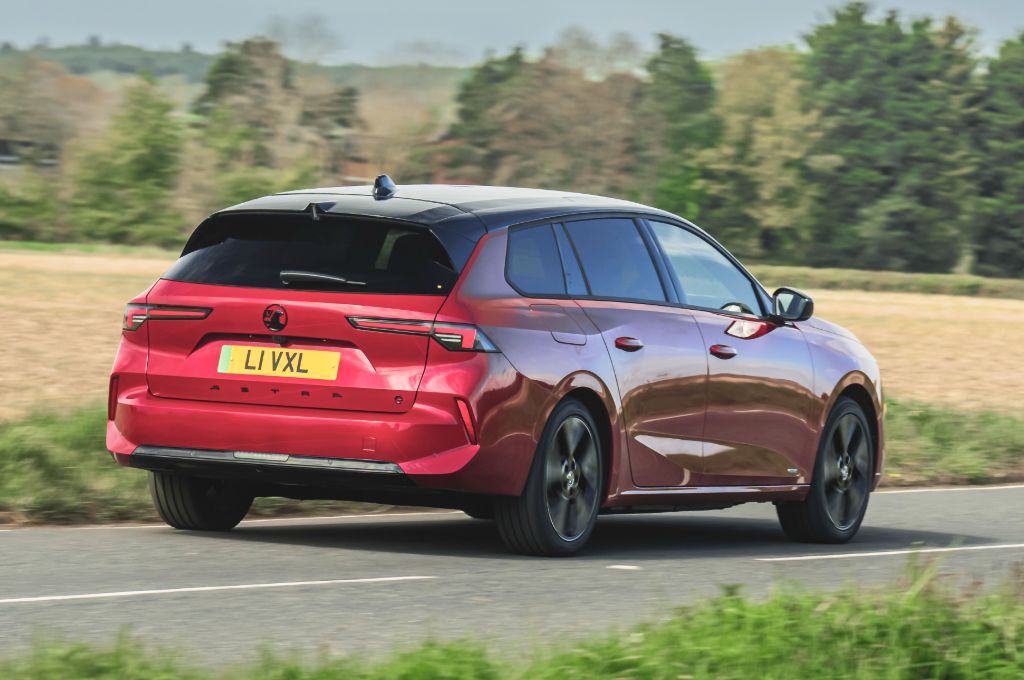
Still, the Astra Sports Tourer Electric can lope from 0-62mph in 9.3 seconds, which is sedate for an electric car but feels okay in everyday use as there's plenty of torque to make it feel urgent up to about 40mph. It does run out of puff when trying to climb a long, steep hill at motorway speeds, though, especially if it's loaded with kids, dogs and everything else you want to take on your family holiday.
Pricing and availability
When launched, the Astra looks really rather overpriced, but Vauxhall has dropped the Astra's prices a number of times now, and it's looking more competitive - if still outshone by the Kia EV3 and Skoda Elroq when it comes to value. All the Astra Sports Tourer Electric models now cost under the £40,000 barrier, so that you avoid the dreaded 'luxury car tax' - even if you add metallic paint to the top-spec Ultimate version.
You also get lots of equipment: Entry-level Design gets the full touchscreen infotainment, adaptive cruise control, keyless entry and parking sensors all-round. The GS adds ambient cabin lighting, heated seats, sportier styling, bigger alloy wheels and a 360-degree parking camera, among other perks. Top-spec Ultimate adds a head-up display, wireless phone charging, semi-autonomous drive mode, upgraded interior materials and a contrast black roof.
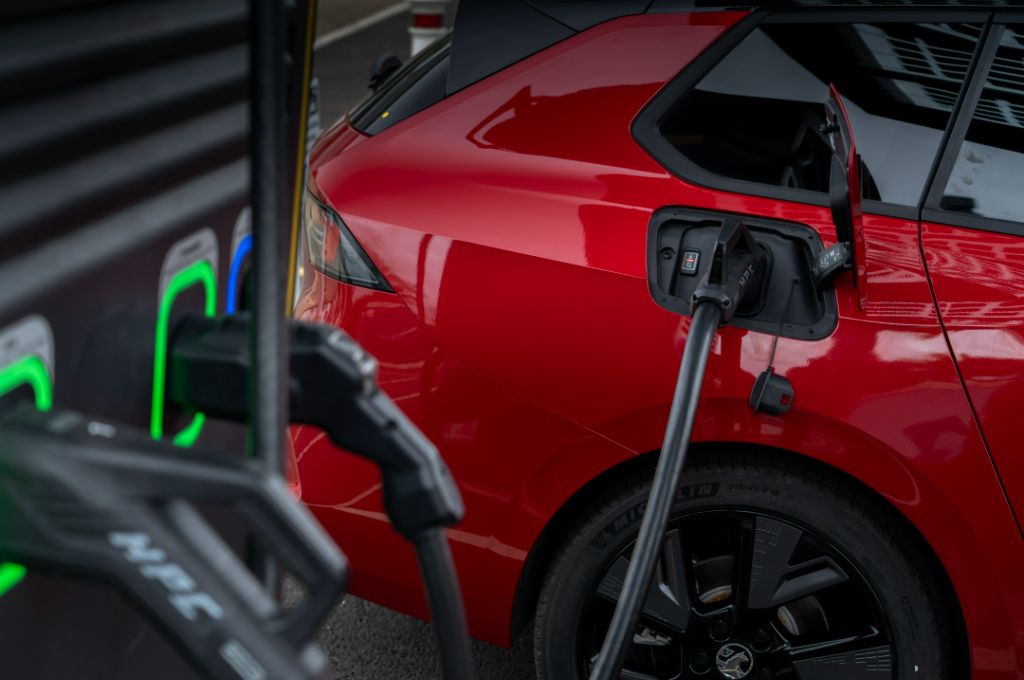
Verdict
The Astra Sports Tourer does everything you’d expect, and it does it well. It’s a likeable car - nice to drive, and comfortable to spend time in. Spacious enough to sleep in when you’ve argued with the other half, and efficient in the real world.
But it’s not achingly desirable. I wouldn’t go and beg the fleet manager to let me have one or consider paying extra out of your own pay packet to get it on your drive. Which means it needs to compete on value, and this simply doesn’t. There’s a long list of cars which do most things better – and they’re cheaper.
It’s a shame. I think Vauxhall could make this a car a real alternative to SUVs. But, unless you spot a good deal to get one on finance or at a big discount, it’s punching above its weight.





